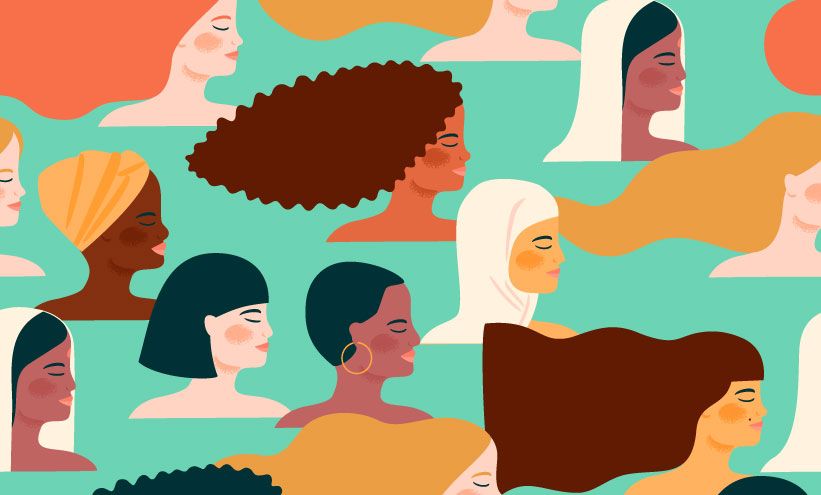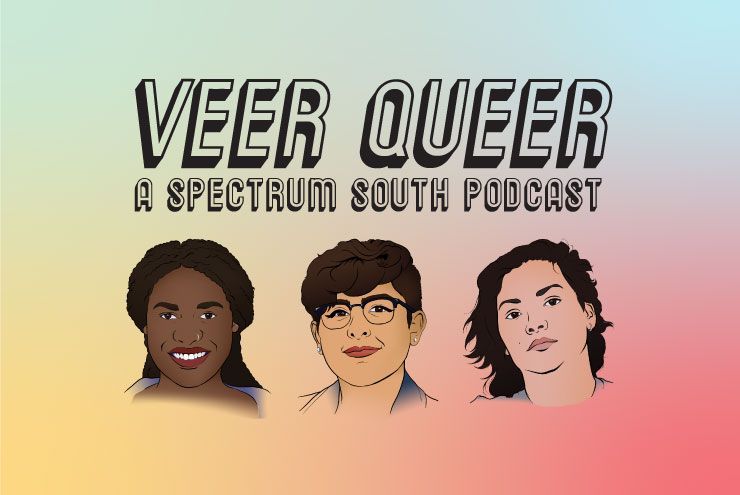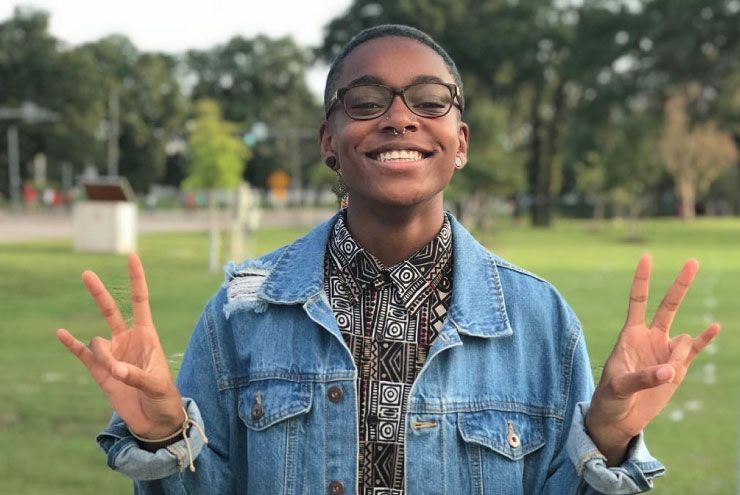By Aubrey F. Burghardt
On a chilly Sunday morning, I met my editor at an East Downtown café to share a cup of coffee and swap story ideas for the upcoming months. As a queer woman and aspiring arts leader, I’d been mulling over the concept of authoring a piece for Women’s History Month that would highlight queer female leaders within Houston’s arts scene. I got the green light to move forward, and in the following weeks, I searched religiously for the female role models I wished to showcase—women who I strived to be, badass queer female artists, cutting-edge contemporary art influencers. My search results, however, turned up slim. It turns out that queer women, not only in the arts but from all fields, are largely absent from roles of leadership. I was left with a deeper-seated question: Why?
Across industries, only 10 to 20 percent of female-identified employees hold positions of management. Shocking. Horrifying.
Before we unpack this staggering statistic, we first have to consider what marginalization looks like. Marginalization looks like discrimination based on age, gender, sexuality, and economic status, just to name a few. Marginalization can also—and often will—intersect based on multiple aspects of a person’s identity. Marginalization looks like me, attempting to write a listicle of queer women in positions of power, and being unable to do so due to their astounding absence.
For women, the climb to the top of the career ladder is a nearly impossible feat—in 2016, only 20 percent of board seats for the largest Fortune 500 companies were filled by women. Add queer identity into the mix, and these numbers drop to meager proportions. Hyper-competitive industry culture, economic fluctuation, nepotism, and other systemic forms of oppression only fuel this suppression.
Although required levels of education often serve as a barrier to achieving leadership positions, this isn’t necessarily the case for women—women make up 57 percent of individuals with undergraduate degrees and 59 percent of those with graduate degrees. Yet, in the legal realm, medical field, academia, and financial services industry, only 30 percent of employees are women.
In 2016, researcher Emma Mishel conducted a quantitative study that examined the discriminatory hiring practices that queer women face. At the time, it was still legal for employers to discriminate based on sexual orientation in 28 states, and gender identity in 30 states. The study found that, if a woman lists a leadership role in an LGBTQ organization on her résumé, she has a 32.5 percent lower chance of being contacted by an employer. Even in places like New York and Washington D.C., where it is illegal to deny someone a job based on their gender identity or sexual orientation, queer women are still six to seven percent less likely to receive a response. Honest accomplishments prove detrimental when you’re a woman and queer.
This study and the ways in which queerness is directly woven with discrimination led me to a conversation with a friend of mine who teaches sociology at Houston Community College. She explained that, in her experience within her academic career, “queer” extends beyond sexuality and gender identity, and encompasses any identity outside of the status quo of heteronormativity, including but not limited to sexuality, race, marital status, gender, and more. The word “queer,” applies to all who stand against assimilation, societal normativity, and heteronormativity; those who are, in turn, slighted of “civil liberties and civil rights.”
In essence, queerness—and the discrimination that accompanies—is layered. Fifty-two percent of LGBTQ people continue to live in states that do not have protections from discrimination in employment based on sexual orientation and gender identity. Thirty-three percent of those individuals are LGBTQ people of color, folks who are at an even higher risk for discrimination. Often, queer people in such states face an ultimatum: hide our true selves, or risk financial stability. While financial security is key to our wellbeing, psychological and sociological research have both proven that denying our LGBTQ identity can be extremely damaging to our mental health.
Hypothetically, let’s say a queer woman is able to overcome the discriminatory hiring practices we’ve discussed. What are her chances of being promoted into leadership? A 2011 research study on lesbian upward mobility in the corporate workplace revealed that queer women face serious barriers to personal career growth. First, company leaders—especially in high-paying professions such as engineering, science, or energy—are often asked to relocate for the job. These realities often require queer women to out themselves to their employers, as moving will likely impact their partner or families as well. International moves present additional challenges, as foreign laws often criminalize homosexuality, and can present safety risks to LGBTQ employees. Plus, countless immigration mandates don’t “recognize a committed same-sex binational relationship as grounds for family unification.”
These issues are undeniably systemic. In order to eradicate the marginalization of queer women within the workplace, we must demand change on both a political and social level. For my small part, I plan to revisit my idea for a listicle—but this time around, with aims of citing specific queer women who have overcome these barriers to leadership. Because queer representation matters—full stop. To the oil executive who won’t mention her weekend plans because they include her same-sex partner, to the recent college graduate scared to list her involvement with her LGBTQ student organization on her résumé, queer representation matters. We have a responsibility to provide that representation.







